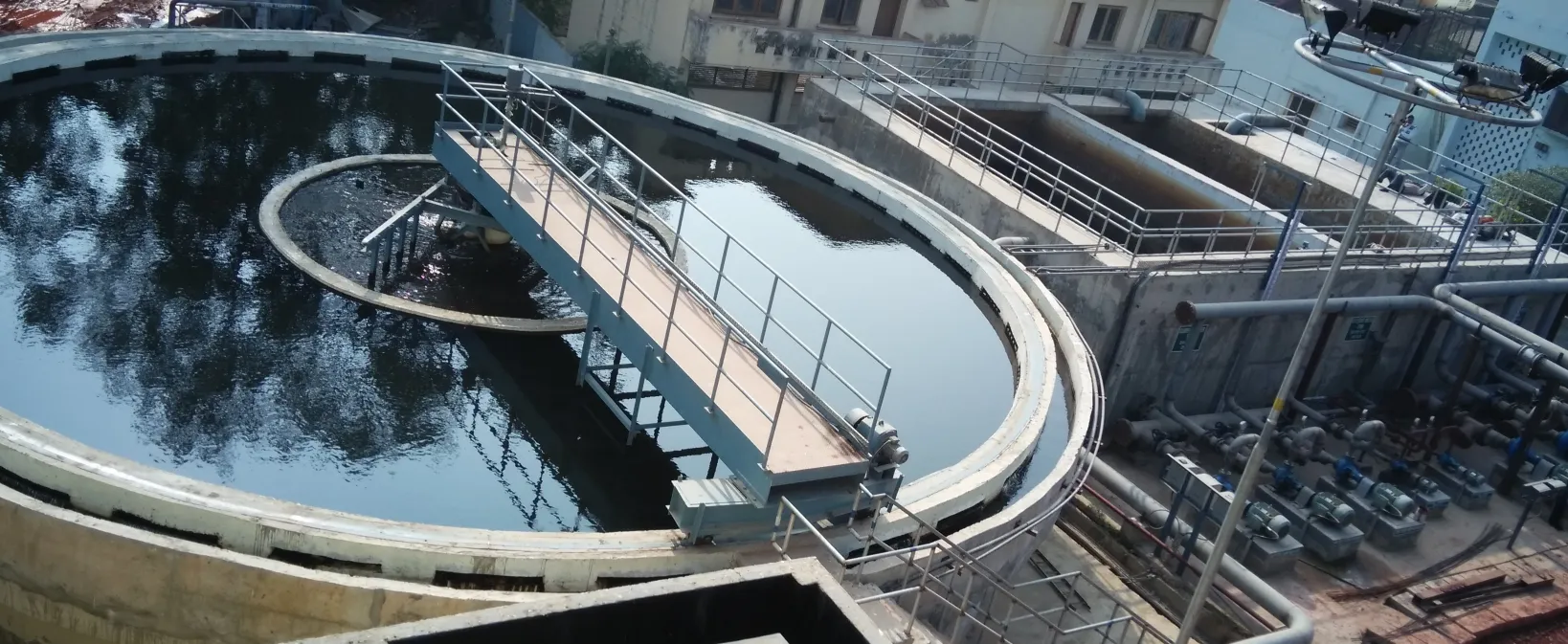FAQ
How does a ZLD plant work?
The zero liquid discharge system will use the latest
technological wastewater treatment system. A ZLD system will
include:
• Metals, hardness, and silica are precipitated out with a
clarifier.
• Any metals and suspended solids can be flocculated, or
coagulated using a chemical feeder.
• In the final stages of waste concentration, various techniques
such as filtration, ultrafiltration, reverse osmosis,
evaporation, and crystallization will be used.
What waste is industrial effluent?
The removal of suspended particles, dissolved organic materials, and the management of sludge for disposal are all part of the industrial effluent water treatment process. Otherwise, humans may find it difficult to dispose of effluent. In the treatment process of an ETP plant, organic materials, non-organic materials, and other contaminants will be treated. This water treatment system is used in textiles, chemicals, food, petrochemicals, and a variety of other industries.
How many treatments are there for industrial effluents?
Industrial wastewater contains toxic compounds and compounds
that are difficult to break down, it must be treated before
being discharged. Industrial effluent can be treated in a
variety of ways.
• Biological treatment: Biological treatment can be aerobic or
anaerobic.
• Vacuum evaporation: Vacuum evaporators come in a variety of
sizes and are based on various types of industrial wastewater
treatment equipment.
• Physicochemical treatment: This method comprises a range of
techniques that can be used in combination to treat a wide
variety of contaminants.
What are the ways of treating industrial effluents?
There are different stages of the water treatment process. Preliminary and Primary, Secondary and Tertiary wastewater treatment. Each of these actions had accumulated contaminants, and as the water progressed through the steps, it became clearer. Water is made soluble and ready to be disposed of after secondary water treatment removes over 80% of contaminants. Tertiary wastewater treatment is costly, so it will only be used in an emergency.
What are the sources of effluents?
The three major sectors of wastewater are domestic, industrial, and agricultural. Food, chemicals, paper and pulp, nuclear and thermal power, laundry, pharmaceuticals, mines, iron and steel, and other industries produce industrial wastewater. Organic and inorganic materials abound in these wastewaters. Excessive release of these nutrients into the water causes an increase in minerals and nutrients in water bodies, resulting in oxygen depletion.

